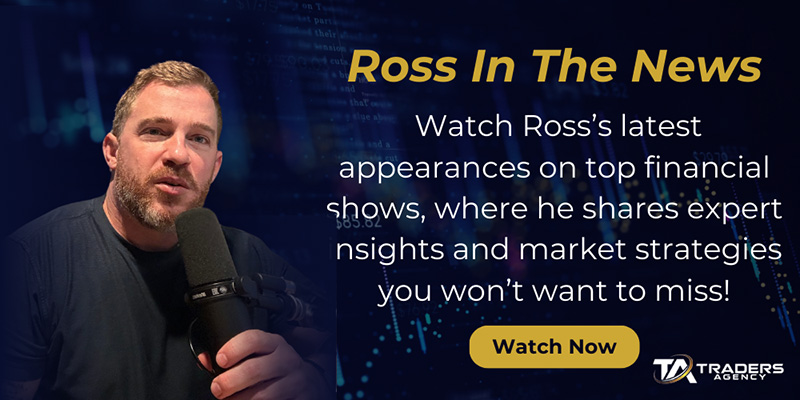People love to brag about their option trades.
After all, it can be a pretty easy thing to brag about.
With the right option, one can achieve triple- or quadruple-digit gains with only a 5%-10% move in the underlying stock.
And it’s not terribly difficult.
My option trades have netted wins as high as 1,091%.
In fact, my option trading service averaged a 23% gain per trade. That’s net of wins and losses.
There are a lot of factors to consider when trading options, which we’ll discuss below…
But the trick is knowing when to buy options and when to sell them.
If you don’t want to read the whole article, let me give you the CliffsNotes – buy options when the CBOE Volatility Index (VIX) is low, and sell options when the VIX is high.
Again, there is a little more to it, but that’s the basic concept.
You see, options are leveraged instruments.
This is how I was able to make 318% in a call option with only 25% move in Brunswick Corporation (BC) stock.
But stock options aren’t all roses and sunshine…
Small moves in the wrong direction for the underlying stock can lead to large percentage losses in an option.
Heck, sometimes the stock goes in your direction, and the option still loses money!
It’s all about knowing when to be a buyer and when to be a seller.
I won’t get into the nitty gritty of option Greeks, expiration dates and time decay right now…
I’ll save that for another day.
But if you are going to trade stock options, there is one thing you must understand – Volatility.
Specifically, implied volatility.
The Power of Implied Volatility
You see, option prices are determined by several factors like the strike price and the amount of time left until expiration.
But the most significant force is implied volatility.
This number represents how much the market makers expect the underlying stock to move.
You’ll see the implied volatility for a particular option or set of options displayed as a percentage somewhere in the option chain within your brokerage platform.
The number in parenthesis in the image above is the expected move in dollars per share between today and the date of expiration.
Some stocks are more volatile than others, which is reflected in the implied volatility for their respective options.
For example, the at-the-money Nov. 19, 2021, expiration call option for Coinbase Global, Inc. (COIN), a fairly volatile stock, has an implied volatility reading of about 62%.
On the other hand, at-the-money Nov. 19, 2021, expiration call option for Walmart Inc. (WMT), a much steadier stock, is closer to 20%.
So, options on COIN are going to cost more than those for WMT relative to the underlying stock price.
But even those numbers can change drastically.
The culprit?
The VIX.
The VIX is a volatility index that represents the perceived downside risk (volatility) of the overall market.
Normally, the VIX reads somewhere around the 20 level.
In good times, it can get as low as single digits.
In bad times, like the COVID selloff last March, it hit 85.
When the VIX is high, option prices are high as well. That goes for calls and puts.
And when volatility is low, options are cheaper.
Buy Low & Sell High
The goal with options is the same as with stocks – buy low and sell high.
So, during these periods of high volatility, you want to be a seller of options… not a buyer.
That’s one of the secrets to successful options trading.
You have to know when to buy and when to sell.
You’re never going to time it perfectly.
But if the VIX is at 40, do yourself a favor – sell options. Don’t buy them.
If you buy, volatility will only work against you.
Regardless of whether you bought puts or calls, the price you pay will be high.
Even if things go in your direction, you could still lose money if volatility goes down, as that will drive down the price of those options as well.
On the other hand, if the VIX is at down at 15, like it is right now, you don’t want to be selling credit spreads.
Option prices are cheap, and you won’t collect much premium.
This is when you want to be a buyer of options.
If volatility increases, which it almost certainly will, your options will automatically be worth more.
If you’re right on the direction of the underlying stock and volatility picks up, the gain will be even bigger.
For the last year and a half, the VIX has traded in a higher range than previous years.
In this day and age, a “low” VIX is anything below 20.
But with a current reading of about 15.5, the VIX is now in the buy range. At this level, most options are cheap enough that they could be worth buying.
But above the 20 level, you should either be a seller or avoid buying options altogether.
Follow these simple rules, and you’ll see much better results with your options trading.
Embrace the Surge,
Ross GivensEditor, Stock Surge Daily



